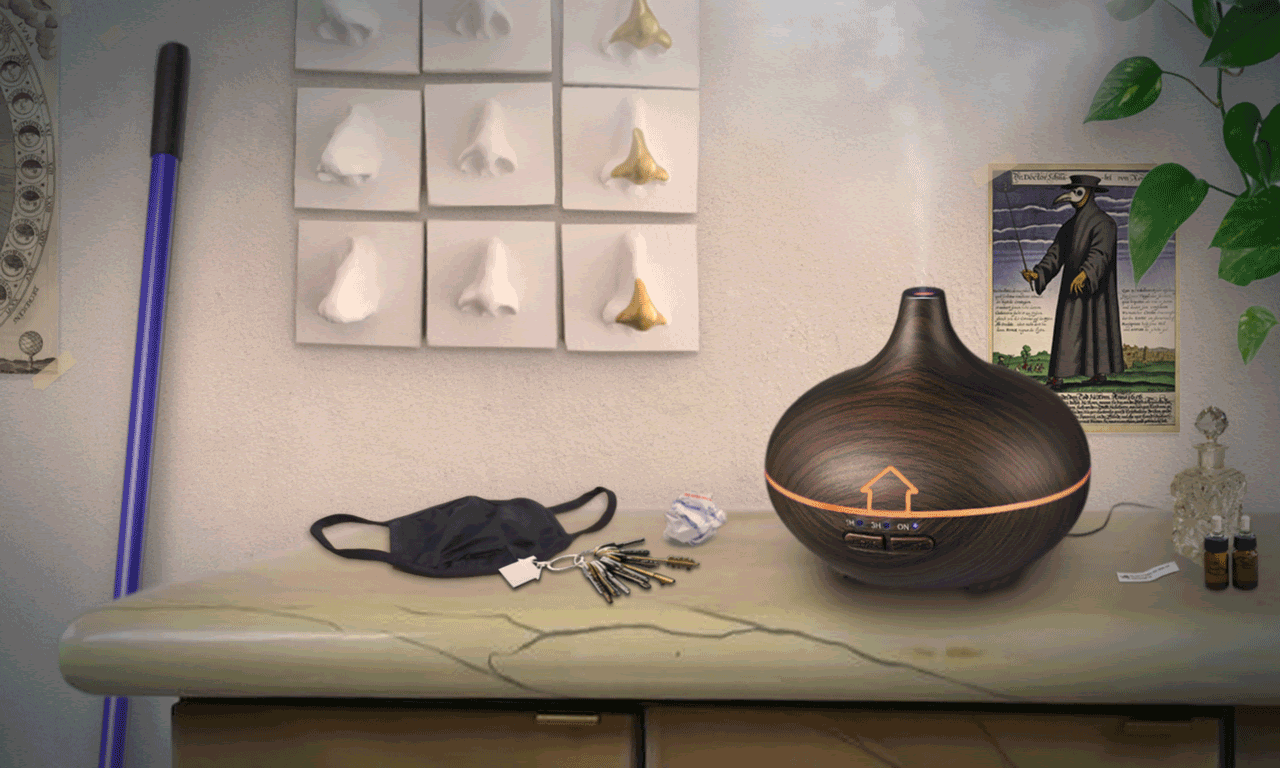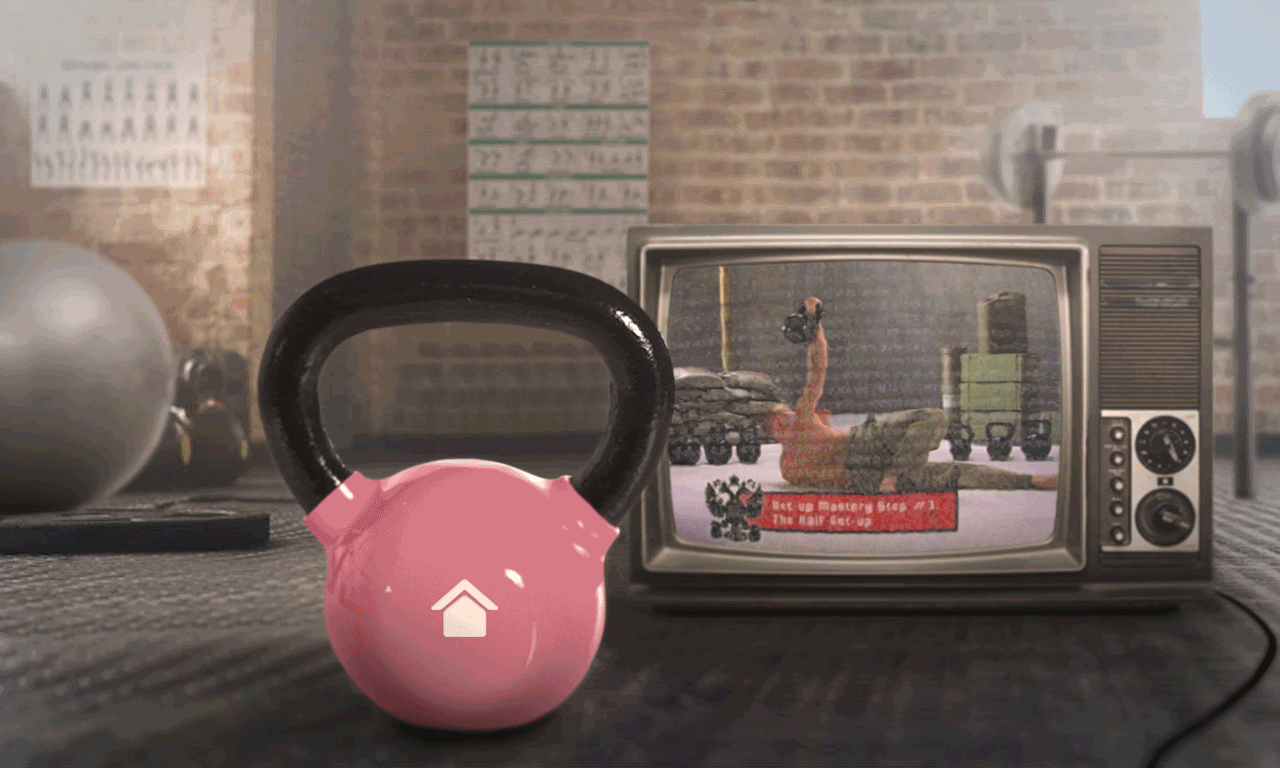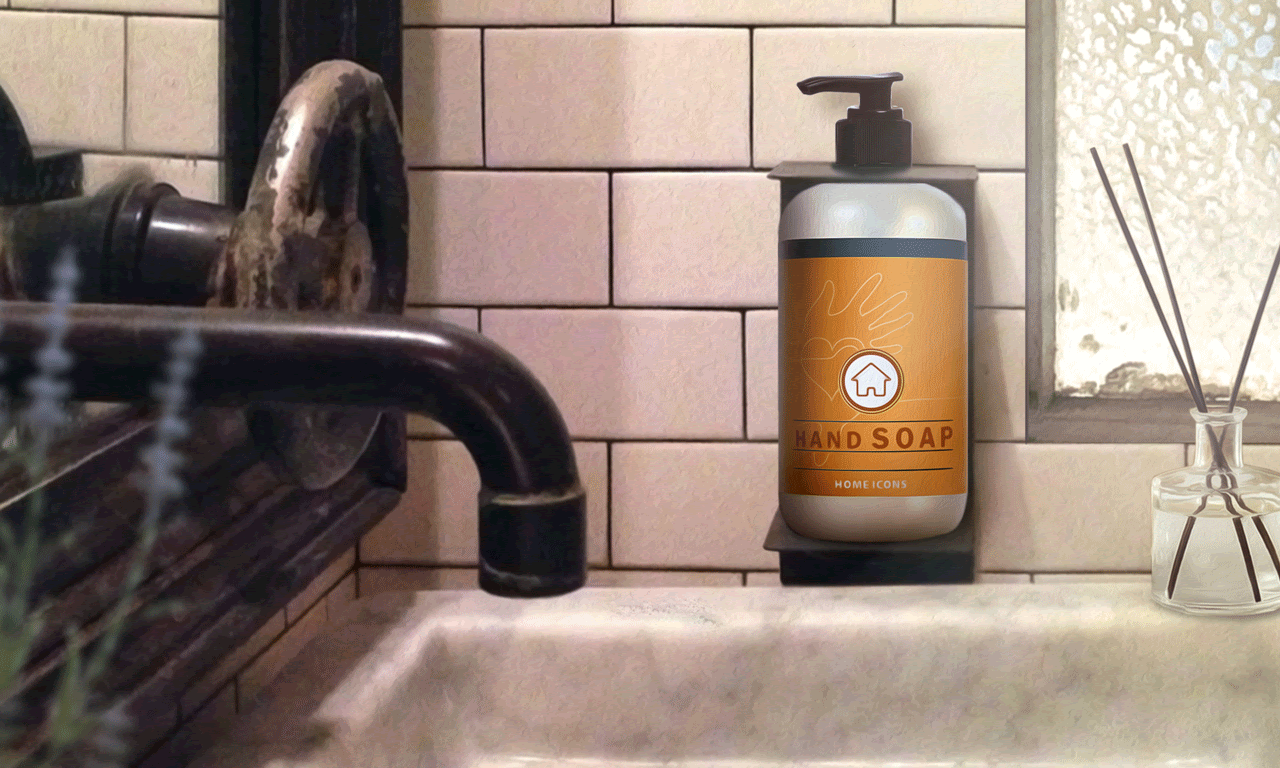Topics
Home Icons
Home Icons is a series about the cultural and material histories of domestic objects. It looks at heirlooms, mass-produced products, and tools to untangle the sometimes contradictory, often uncomfortable threads bound up in our concepts of home
Tea Towel
Unlike other materials — such as textiles, which can be refashioned for new uses — electronic waste is often both materially and conceptually inflexible. This is why, when they outlive their intended purpose, our devices so often end up in the trash. But what if that very inflexibility could give them an afterlife as objects?
The World’s Most Beautiful Brush
Beauty technologies are often judged by their results. Like other tech gadgets, however, their meaning lies as much in their designs, their histories, and the performance of their use. Beauty can be thought of as a process, not an end — the opposite of optimization.
Unwanted Corkpull
The origins of everyday household junk are uncanny in their endlessness and inscrutability. This encourages a kind of object orthorexia: alone at home amid possessions one can’t easily be rid of, it is easy to obsess over the extractive beginnings and horrid afterlives of cheap objects
Starter Table Saw
Woodworking — and crafting more generally — holds appeal as something outside of the everyday experience of capitalism. This mode of thinking has a long history, one traditionally more concerned with middle-class discontents than the material conditions of capitalism itself.
SAD Lamp
The SAD lamp is a technology that claims to provide us with the sunlight we miss during the winter months, treating Seasonal Affective Disorder. While its benefits are unclear, it is part of an overarching attempt to calibrate the human body through science to a perfect synchronicity with the rhythms of nature. SAD lamps tap into our desire to believe in ourselves as part of wider ecologies, and also position consumer goods as necessary mediators of this relationship
Oil Diffuser
Over the course of history scent has been imbued with medical properties it doesn’t possess, but it can also have very real physical and psychological effects, including unanticipated ones; and it can at least suggest the fulfillment of our needs and desires. Once it was said to ward off miasma; now it gives texture to otherwise formless days during lockdown and makes otherwise uninhabitable spaces feel like home.
Radio Transceiver
The allure of the once subversive technology of radio transmission for its seemingly inherently revolutionary qualities in fiction and in real life, falls short when set against today’s revolution. It, like many coalitional mediating technologies now, is secondary to and serves the always-evolving work of care and resourcefulness.
Kettlebell
The kettlebell, a centuries-old device with Soviet associations, is wildly popular in modern Western gyms; since the pandemic began, it has been so coveted for home workouts that suppliers have barely been able to keep it in stock. More than a practical piece of equipment, it has become a talisman of strength and wellness, and it represents the duality at the center of “working out” as peddled by bourgeois fitness culture: the residue of militarism, of training for something, and hyper-individualism, of optimizing one’s own body in the face of general precariousness without any reliable collective mechanism for solving the problems we face.
Mrs. Meyer’s
Mrs. Meyer’s soap is the signature scent of the gentrified city: it evokes garden flowers and a midwestern idyll, promoting an idea of home that is rooted in a fantasy of desert through hard work. It is meant to soothe the cognitive dissonance of being a gentrifier, suggesting that wherever you are, you have a right to be there.



